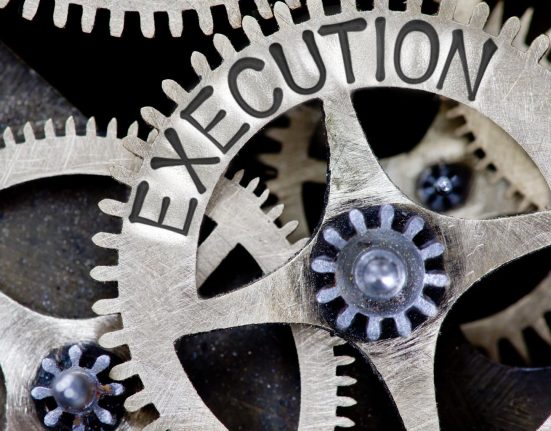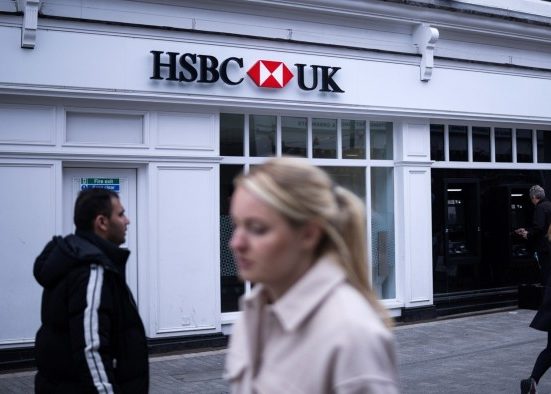Editorial Note: We earn a commission from partner links on Forbes Advisor. Commissions do not affect our editors’ opinions or evaluations.
Today’s average mortgage rate on a 30-year fixed-rate mortgage is 6.45%, down 1.75% from the previous week, according to the Mortgage Research Center.
Borrowers may be able to save on interest costs by going with a 15-year fixed mortgage, which will often have a lower rate than a 30-year, fixed-rate home loan. The average APR on a 15-year fixed mortgage is 5.48%. But keep in mind that you’ll have higher monthly payments since you’re paying off your loan in half the time (15 years versus 30 years).
If you want to refinance your existing mortgage, check out the average refinance rate.
30-Year Mortgage Rates Drop 1.75%
Today, the average rate on a 30-year mortgage is 6.45%, compared to last week when it was 6.56%.
The APR on a 30-year, fixed-rate mortgage is 6.48%. The APR was 6.59% last week. APR is the all-in cost of your loan.
With today’s interest rate of 6.45%, a 30-year fixed mortgage of $100,000 costs approximately $629 per month in principal and interest (taxes and fees not included), the Forbes Advisor mortgage calculator shows. Borrowers will pay about $126,977 in total interest over the life of the loan.
15-Year Mortgage Rates Drop 2.57%
Today, the 15-year mortgage rate inched down to 5.43%, lower than it was one day ago. Last week, it was 5.58%.
The APR on a 15-year fixed is 5.48%. It was 5.62% this time last week.
With an interest rate of 5.43%, you would pay $813 per month in principal and interest for every $100,000 borrowed. Over the life of the loan, you would pay $46,875 in total interest.
Jumbo Mortgage Rates Drop 0.67%
The current average interest rate on a 30-year fixed-rate jumbo mortgage (a mortgage above 2025’s conforming loan limit of $806,500 in most areas) is 6.65%. Last week, the average rate was 6.7%.
If you lock in the latest rate on a 30-year, fixed-rate jumbo mortgage, you will pay $642 per month in principal and interest per $100,000 borrowed, which amounts to $131,608 in total interest over the life of the loan.
Mortgage Rate Trends in 2025
After reaching highs in 2024, the average 30-year fixed mortgage rate has remained in the mid-to-high 6% range since late January 2025. The 15-year fixed mortgage rate has hovered between the low-6% and high-5% range.
While interest rates have fallen somewhat since mid-January 2025, experts don’t expect them to drop significantly anytime soon.
When Can I Expect Mortgage Rates To Drop?
Various economic factors influence mortgage rates, making it challenging to forecast when rates will drop.
The Federal Reserve’s decisions significantly impact mortgage rates. In response to inflation or an economic downturn, the Fed may lower its federal funds rate, prompting lenders to reduce mortgage rates.
Mortgage rates also track U.S. Treasury bond yields. If bond yields drop, mortgage rates typically follow suit.
Finally, global events that cause financial disruptions can affect mortgage rates. For example, the Covid-19 pandemic led to record-low interest rates when the Fed cut rates.
While a significant decrease in mortgage rates is unlikely in the near future, they may start to decline if inflation eases or the economy weakens.
How Much House Can I Afford?
Buying a house is a huge purchase and can put a big dent in your savings. Before you start looking, it’s important to calculate how much house you can afford and you’re willing to spend.
Not only do you want to consider your income and debt, but you also want to factor in emergency savings and any long-term financial goals such as retirement or college.
These are some basic financial factors that go into home affordability:
- Income
- Debt
- Debt-to-income ratio (DTI)
- Down payment
- Credit score
How Are Mortgage Rates Determined?
Multiple factors affect the interest rate for a mortgage, including the economy’s overall health, benchmark interest rates and borrower-specific factors.
The Federal Reserve’s rate decisions and inflation can influence rates to move higher or lower. Although the Fed raising rates doesn’t directly cause mortgage rates to rise, an increase to its benchmark interest rate makes it more expensive for banks to lend money to consumers. Conversely, rates tend to decrease during periods of rate cuts and cooling inflation.
Home buyers can make several moves to improve their finances and qualify for competitive rates. One is having a good or excellent credit score, which ranges from 670 to 850. Another is maintaining a debt-to-income (DTI) ratio below 43%, which implies less risk of being unable to afford the monthly mortgage payment.
Further, making a minimum 20% down payment can help you avoid private mortgage insurance (PMI) on conventional home loans. If you can afford the larger monthly payment, 15-year home loans have lower rates than a 30-year term.
What Type of Mortgage Is Best for You?
Many home buyers are eligible for several mortgage loan types. Each program can have its own advantages:
- Conventional mortgage. A conventional home loan is ideal for borrowers with good or excellent credit to qualify for competitive rates. Additionally, making a minimum 20% down payment helps you waive private mortgage insurance premiums.
- FHA loan. An FHA home loan is best when applying with imperfect credit or a low down payment. You can put as little as 3.5% down with a credit score above 580. A minimum 10% down payment is necessary for credit scores ranging from 500 to 579.
- VA loan. Borrowers with a qualifying military background may prefer a VA loan for its flexibility. A down payment may not be required. While you pay a one-time funding fee, there are no ongoing mortgage insurance premiums or service fees.
- USDA loan. Applicants in eligible rural areas can buy or build a home with no down payment, although an upfront and annual guarantee fee applies. Additionally, income requirements apply and this program requires a moderate income or lower.
- Jumbo loan. Homebuyers in a high-cost-of-living area will need to apply for a jumbo loan when the loan amount exceeds the Federal Housing Finance Agency’s conforming loan limits. The limit in most municipalities is $806,500 in 2025.
Frequently Asked Questions (FAQs)
How do you get a lower mortgage interest rate?
Comparing lenders and loan programs is an excellent start. Borrowers should also strive for a good or excellent credit score between 670 and 850 and a debt-to-income ratio of 43% or less.
Further, making a minimum down payment of 20% on conventional mortgages can help you automatically waive private mortgage insurance premiums, which increases your borrowing costs. Buying discount points or lender credits can also reduce your interest rate.
How long can you lock in a mortgage rate?
Most rate locks last 30 to 60 days and your lender may not charge a fee for this initial period. However, extending the rate lock period up to 90 or 120 days is possible, depending on your lender, but additional costs may apply.
Should I choose a fixed- or adjustable-rate mortgage?
Choosing between a fixed- or adjustable-rate mortgage (ARM) depends on your financial situation. A fixed-rate mortgage suits those who want consistent monthly payments throughout the loan term without worrying about fluctuations in their rate or payments in response to market changes. If mortgage rates are low, securing a fixed rate can save you money in the long run.
An ARM, on the other hand, may appeal to those who want a lower initial rate and monthly payment. However, you also run the risk of ending up with higher payments if your rate fluctuates. If you expect your income to rise, you may feel confident handling these potential payment increases. These mortgages can also work well for those who plan to live in a home for only a few years, as you might sell or move before the rate adjusts.







